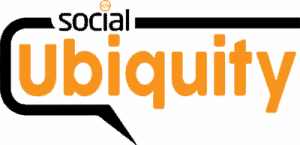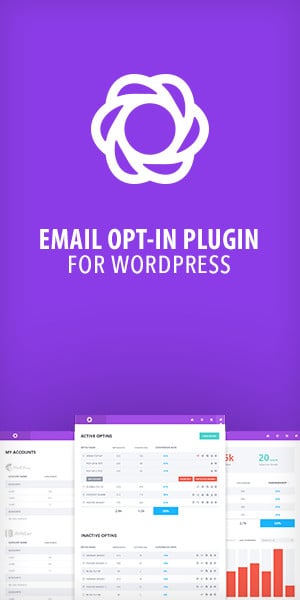1. Understand the Purpose of a Landing Page
A landing page is a standalone web page created to promote a specific campaign, offer, or product. Unlike your homepage, a landing page has a singular focus—to drive conversions. Whether you’re collecting emails or promoting a service, your landing page should be both engaging and discoverable via search engines.
2. Start with Keyword Research

Effective SEO begins with identifying the right keywords:
- Use tools like Google Keyword Planner, Ahrefs, or SEMrush
- Focus on long-tail keywords with high intent (e.g., “affordable SEO landing page design”)
- Consider user intent and align your keywords with your offer
Use your main keyword in the:
- Page title
- URL
- Meta description
- H1 and subheadings
- First 100 words of content
3. Write a Clear and Compelling Headline
Your headline should immediately communicate the value of your offer and include your primary keyword. Make it attention-grabbing but relevant to the user’s search query.
4. Optimize On-Page SEO Elements
- Title Tag & Meta Description: Keep them concise, keyword-rich, and compelling.
- Header Tags (H1, H2, H3): Use them to structure your content and highlight important information.
- URL Structure: Keep it short and include your target keyword.
- Alt Text for Images: Describe images using relevant keywords.
5. Craft High-Quality, Relevant Content
Your content should answer the user’s query while guiding them toward a call-to-action (CTA). Use bullet points, short paragraphs, and visuals to enhance readability. Avoid keyword stuffing and focus on creating genuine value.
6. Use a Strong, Actionable CTA
Your call-to-action should stand out and encourage users to act. Use action verbs and highlight the benefit (e.g., “Download Your Free Guide Now”). Position your CTA strategically—at the top, middle, and bottom of the page if necessary.
7. Make the Page Mobile-Friendly
Google prioritizes mobile-first indexing, so ensure your landing page is:
- Fully responsive
- Fast-loading on all devices
- Easy to navigate with finger-friendly buttons
8. Optimize for Page Speed

Slow pages can harm SEO and increase bounce rates. Speed up your landing page by:
- Compressing images
- Minimizing JavaScript and CSS
- Using caching and a reliable hosting service
9. Build Trust with Social Proof and Testimonials
Add credibility with real customer testimonials, case studies, reviews, and trust badges. This not only improves conversions but also adds relevance for SEO.
10. Include Internal and External Links
Internal links guide users to related content on your site, while external links to reputable sources add credibility. Both help search engines understand your page’s context.
11. Test and Optimize Continuously
Use A/B testing tools like Google Optimize or Unbounce to test headlines, images, CTAs, and layouts. Regularly analyze metrics like bounce rate, conversion rate, and time on page to refine your strategy.
Conclusion
Creating SEO-friendly landing pages isn’t just about rankings—it’s about delivering value to your audience while driving them to take action. With the right blend of keyword strategy, engaging content, and smart design, you can build landing pages that not only attract traffic but convert it into real results.







